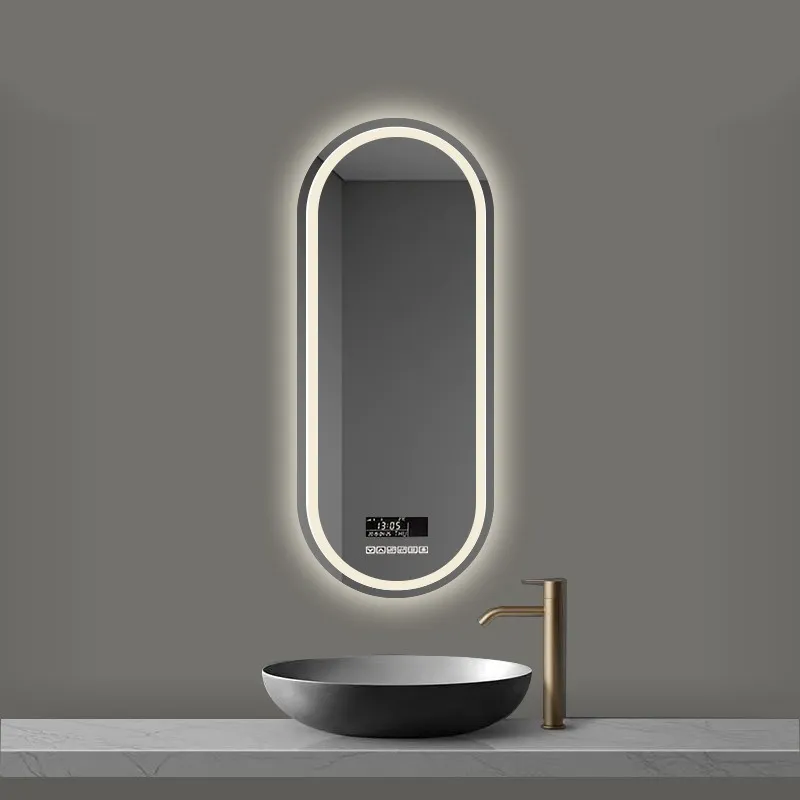Dec . 25, 2024 06:58 Back to list
Innovative Designs for Modern Architectural Glass Panel Solutions and Applications
The Evolution and Impact of Architectural Glass Panels
Architectural glass panels have transformed the landscape of modern design, offering a blend of functionality, aesthetic appeal, and sustainability. These versatile materials have become a staple in contemporary architecture, enabling ambitious designs that challenge conventional boundaries. From skyscrapers to residential homes, glass panels play a crucial role in shaping our built environment.
A Brief History
The use of glass in architecture dates back centuries, but its evolution into the large, engineered panels we see today is relatively recent. Early glass, made for windows, was often small and inefficient. However, advancements in glass-making techniques—such as the introduction of float glass in the mid-20th century—allowed for larger and clearer panes. This innovation marked a turning point, leading to the widespread adoption of glass in various architectural applications.
With the advent of modernism in the early 20th century, architects like Le Corbusier and Mies van der Rohe began to experiment with glass as a primary building material. They recognized its potential not only for aesthetic purposes but also for its capacity to blur the lines between indoor and outdoor spaces. This philosophy continues to influence contemporary design.
Types of Architectural Glass Panels
Architectural glass panels come in various forms, each serving distinct purposes. Some of the most common types include
1. Curtain Walls These are non-structural cladding systems that allow buildings to be enveloped in glass. Curtain walls provide weather resistance and an elegant façade while allowing natural light to penetrate deep into the building.
2. Structural Glazing This technique integrates glass into the main support structure of a building, providing a clean and seamless appearance. It enhances design flexibility while maintaining the thermal performance of the building.
3. Insulated Glass Units (IGUs) Consisting of two or more glass panes separated by a spacer, IGUs improve energy efficiency by reducing heat transfer. They are popular in both commercial and residential applications.
architectural glass panels

4. Laminated Glass This type of glass comprises two or more layers of glass bonded together with a plastic interlayer, enhancing safety and security. It is often used in areas requiring high impact resistance.
5. Smart Glass An emerging technology, smart glass can change its properties based on external stimuli, such as light or heat, making it an excellent choice for energy-efficient buildings.
Benefits of Architectural Glass Panels
The advantages of using architectural glass panels are manifold. Primarily, they enhance natural light within a space. Natural light has been shown to improve mood, productivity, and overall well-being. By maximizing daylight, glass panels contribute significantly to healthier indoor environments.
Additionally, glass panels often increase a building's energy efficiency. Modern glazing technologies, including low-E (low emissivity) coatings and argon gas fills, help to regulate heat transfer, thus reducing energy consumption for heating and cooling.
Aesthetic appeal is another critical benefit. Architectural glass panels provide architects with the ability to create visually striking designs, allowing for transparency, reflections, and continuity with the surroundings. Buildings adorned with glass panels can blend seamlessly into their environments or stand out as iconic landmarks.
Challenges and Considerations
Despite their benefits, the use of glass panels also presents challenges. Issues such as glare, heat gain, and potential safety hazards need careful consideration during the design phase. Furthermore, the environmental impact of glass manufacturing and disposal must be addressed to ensure sustainability.
Conclusion
Architectural glass panels continue to redefine the essence of modern architecture. Their versatility and functional benefits make them indispensable in contemporary design. As technology progresses, we can expect to see even more innovative applications of glass that not only redefine aesthetics but also promote sustainability, ultimately paving the way for a brighter, more transparent future in architecture. Whether used in grand skyscrapers or cozy homes, architectural glass panels showcase the beauty and potential of our built environment, reflecting our times and aspirations.
-
Safety and Style with Premium Laminated Glass Solutions
NewsJun.24,2025
-
Reinvents Security with Premium Wired Glass
NewsJun.24,2025
-
Premium Float Glass Line for Modern Architecture
NewsJun.24,2025
-
Low Emissivity Glass for Energy-Efficient Architecture
NewsJun.24,2025
-
High-Performance Insulated Glass Solutions for Modern Architecture
NewsJun.24,2025
-
Elevates Interior Style with Premium Silver Mirror
NewsJun.24,2025
Related PRODUCTS














